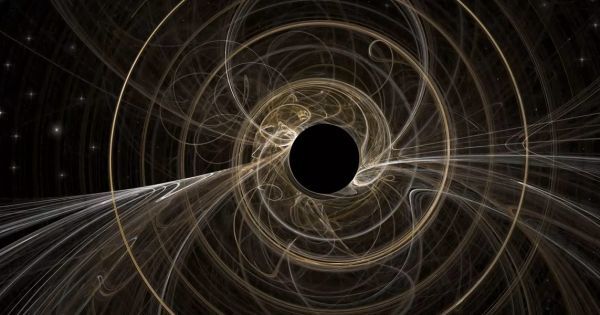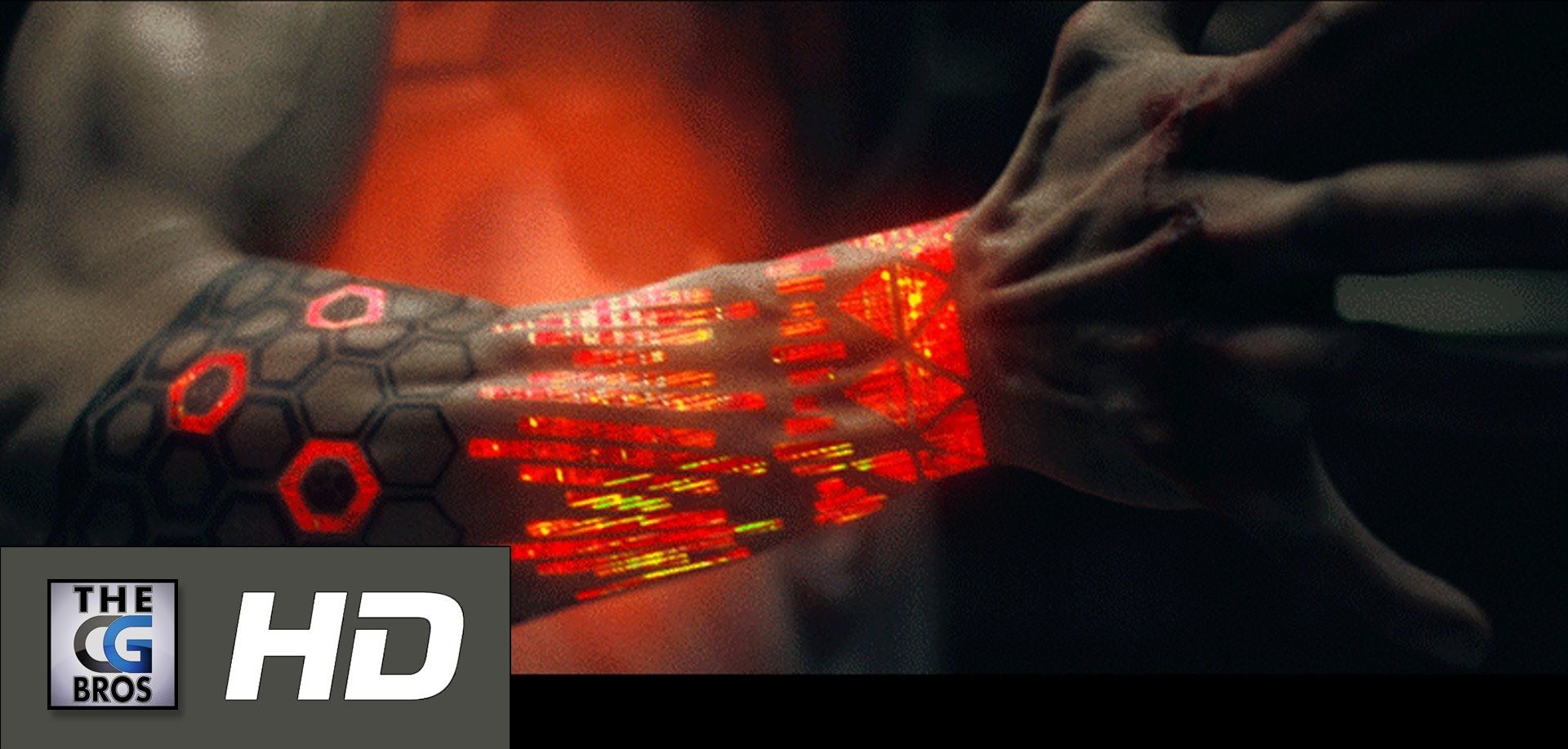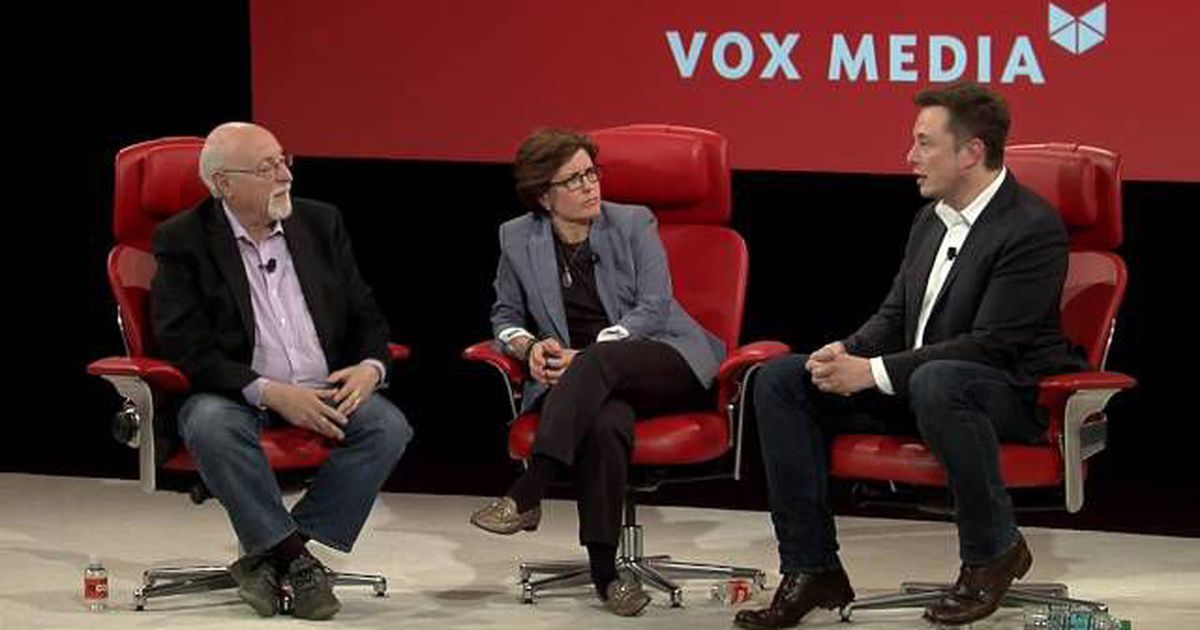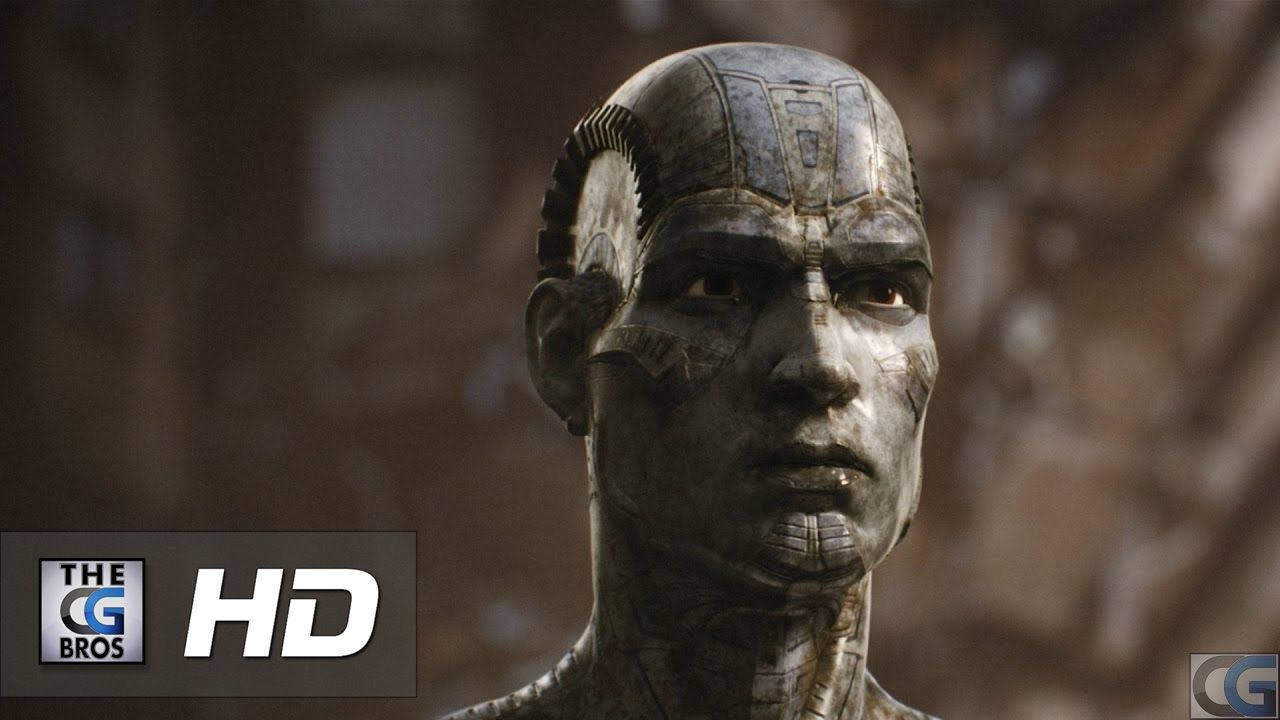(Phys.org)—Werner Heisenberg originally proposed the uncertainty principle in 1927, but his original proposal was somewhat different than how it is interpreted today. As a recent paper in Physical Review Letters explains, Heisenberg’s original statement was about error and disturbance in a measurement process. Over the years, however, Heisenberg’s original proposal has been restated in terms of the uncertainties intrinsic to quantum states. This aspect of the uncertainty principle has been studied extensively with well-developed theories and verified experimentally.
On the other hand, Heisenberg’s original proposal regarding error in the measurement process is not as well understood. In the new paper, a team of researchers led by Professor Jiangfeng Du at the University of Science and Technology of China has reported an experimental test of the measurement aspect of Heisenberg’s uncertainty principle using nuclear-spin qubits.
In his original proposal, Heisenberg predicted a tradeoff between error and disturbance. He suggested that when a gamma-ray microscope measures the position of an electron, the measurement inevitably disturbs the electron’s momentum. The smaller the measurement error, the larger the disturbance, and vice versa. This idea was described qualitatively but a complete quantitative description is still lacking today.









